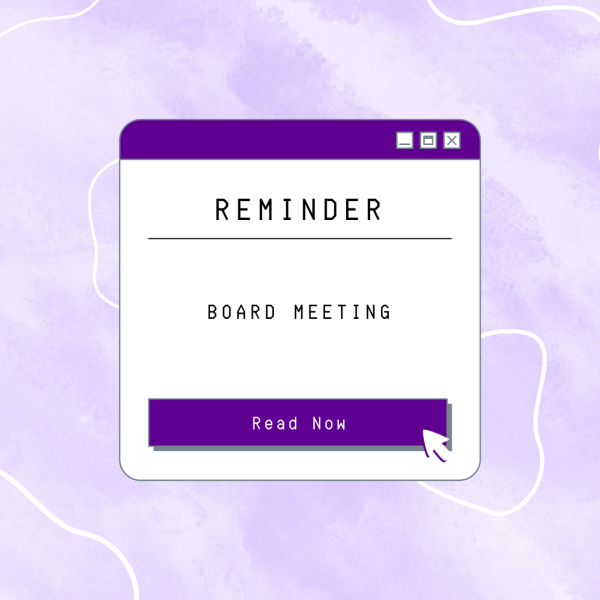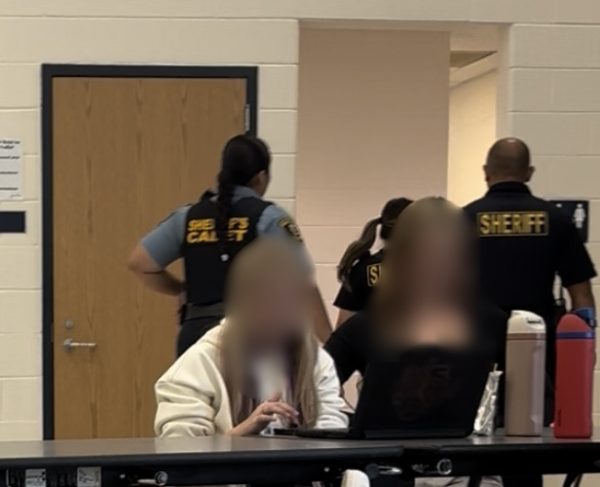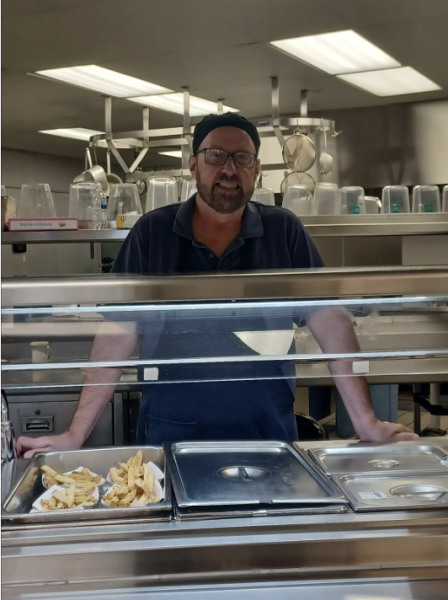September 28 Board Meeting
Photo By Sophia Mullins
The attendance office is located across the hall from Student Services in the A hallway. This year, referrals have only been attendance related at the high school.
The Kaneland School District board members held their biweekly meeting in person on Sept. 29, 2020. The meeting was held in accordance with the Phase Four guidelines given by the Illinois Department of Health. All members were present besides Teresa Witt. The meeting focused mainly on behavior in the Kaneland district this year compared to years prior.
The elementary school assistant principals shared data on behavior from 2018-2020. John Stewart Elementary and Blackberry Creek Elementary assistant principal Courteny Ward presented information on the behavior reports from the elementary schools.
“This year we are significantly lower on total referrals as we would see at this point right now. We don’t have any reports of bullying for this year thus far,” Ward said.
With behavior issues lower than previous years, board member Aaron Lawler shared his thoughts in regard to how the unique structure of this year’s school schedule has impacted behaviors.
“So far we have seen that issues are down now in the cafeteria and during recess, and it seems the answer is because [there are] more structured times,” Lawler said.
The meeting focused not only on behavior but also on Social Emotional Learning (SEL) at the elementary, middle and high school levels.
“Looking at the SEL needs that we knew our students would have for this upcoming school year, before the year even started we put some support structures in place to try to help those students with some of the social emotional problems that they could ultimately face as they are coming into school with the new requirements that we have,” Ward said.
Some of these support structures in the elementary school included virtual tours, teacher meet and greets via Zoom and slide presentations of teachers with and without masks on to allow students to see their teachers´ faces in addition to how they would see them in class. The elementary school also touched on ways to connect hybrid learners with fully remote learners, such as having reading challenges, and sending daily video announcements.
High school dean Joshua West spoke for Harter Middle School dean Natalie Smith, who could not be in attendance.
The middle school also shared disciplinary data among all three grades.
“She mentions in her notes that Harter has only five behavior referrals so far this year. She believes that’s due to less students in the building at one time, more structured lunches, assigned seats in the classroom, no locker use and students being socially distanced,” West said.
Some SEL supports at the middle school level from last year include Snowflake, Student council, H.O.P.E. Jr., Self Care Week, Student Appreciation Week and Elementary Buddies. This year’s middle school SEL supports also include PPE videos, virtual tours of the building and video introductions of staff.
After discussing Harter, West presented the high school´s data for behavior, as well as other programs they have in place for SEL.
“80.1% of our referrals are tied to attendance or attendance related,” West said.
The period most frequent for these attendance related referrals is first period, West explained.
“First period is obviously on the way to school, so those referrals that I alluded to with attendance [is because] students are late, so [those are] the tardies. Students don’t show up, and parents don’t call them in, so we have a lot of referrals first period,” West said.
West also shared plans for the high school’s SEL resources this year. He explained that the high school has formed a small team with counselors to support students.
“We meet as a group, and we discuss any student that comes up for any reason on that counselor’s radar, or anyone of these members´ radar, and we discuss them individually and how we can support them,” West said.
West explained that much of the bullying that happens in the high school stems from online or social media platforms.
“Most of the bullying we see is tied to social media. If we were to look at how many social media posts are made versus how many students and staff are reporting, you would see a large number of social media posts compared to that,” West said.
West explained further how much of the bullying happening at the high school is done at home on social media, and then comes into play at school after.
“It is very difficult for me to control what happens at 9:30 at night. As they come back to the building and we hear about it and our students are impacted, that’s when we work with our counselors, social workers and school psychologists. We work through those issues,” West said.
This behavior is difficult to keep track of, as some students confide in counselors or social workers, and others do not. Superintendent Dr. Todd Leden questioned how we can get the data to see if the SEL programs are working in the schools.
“As we want to at some point monitor and chart how our programs are working, we need to know what that number is. So, what we need to be able to do if we don’t have that number right now is make sure throughout this year and looking back, if it does start with a counselor or somewhere else, and then it doesn’t come to you [Mr. West]. We still need to know what that number is to be able to attribute the behavior at some point, and then what are the interventions working to reduce those?” Leden said.
The board members and administrators also discussed the coursebook proposal for Kaneland High School, including the Fox Valley Career Center (FVCC). Associate Superintendent Julie-Ann Fuchs discussed grants and money supporting the FVCC.
“The tuition is the primary source of revenue for the Fox Valley Career Center. They do receive a grant called the CTEI, or the Career and Technical Education Improvement grant,” Fuchs said.
The board discussed interest levels in the FVCC courses, as well as interest from other schools, such as East Aurora High School.
Conclusively, the board approved the high school coursebook proposal for the 2021-2022 school year.









